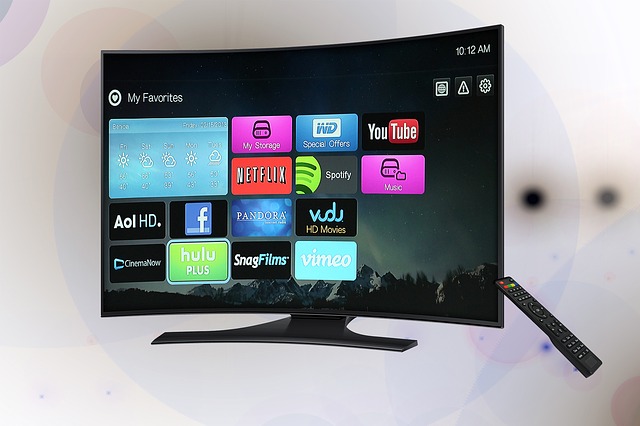Picture Quality Is the Focus of the Latest TV Technology

Companies that mastered TV technology are continuously striving to improve user experience by providing better image quality, deeper colors and higher contrast. The evolution from the standard displays has come a long way and today we will take a look at all those technologies that focus on improving image quality and see how far we have come.
HD
HD – High Definition – is the immediate next step after standard screens that we used to have in our homes when we were children. HD is typically defined by the number of pixels that a screen consists of. The more pixels a screen has, the better the quality of the image will be. An HD screen is often referred to as 720p quality, which stands for 1280 x 720 resolution. That’s twice better image quality compared to standard definition viewing experience we had before.
Full HD
Full HD or True HD is the next step up from HD resolution. The technology is the same as in case of HD, the only difference is the number of pixels. Full HD screens, or 1080p quality, stands for 1920 x 1080 resolution, which is five times better image quality than standard screens. Full HD is widely available on a number of screens (laptop, monitor, TV, smartphone) nowadays and a lot of the content (games, movies, TV channels) come in Full HD format.
Although Full HD clearly offers better picture quality compared to HD, there is a catch. The difference between those two isn’t all that visible unless you are watching blue ray movies, which are native 1080p. Also, you would need to consider the size of the screen. Watching a movie or viewing a website on your laptop might not make much difference in terms of image quality of Full HD compared to HD.
If the screen size (mostly referring to TVs) is around 26 inches, there won’t be any difference, unless you sit really close to the screen, which doesn’t generally happen. If you want to feel the difference between HD and Full HD, then 32, 34 inch and above will be necessary.
4K and ULTRA HD
These two formats are often regarded as the same thing, but that’s not exactly true. ULTRA HD (or UHD) is the next step of Full HD resolution. UHD basically quadruples the definition of Full HD making it 3840 x 2160. On the other hand, 4K resolution is equal to 4096 x 2160. Again, its roughly four times better image quality than Full HD, but it’s also a bit better than UHD.
To put it simply, 4K is used as a professional production and cinema standard, while UHD is used for consumers and TV broadcasts. Due to the similarities between the two formats, marketers and TV production companies have created a confusion among the public by advertising both formats under the same “4K” with some people also using the term “4K UHD”.
So make sure to check the resolution of the screen before making a purchase. Note that those higher resolutions are noticeable if you have a really big screen (starting from 55 inches and up). The bigger the screen, the more you will notice the difference between UHD and Full HD.
OLED
OLED – Organic Light-Emitting-Diode – is the most recent technology developed quite recently (first OLED TV hit the stores in 2012) mainly by Samsung and LG, which are the leaders in manufacturing OLED TVs. OLED technology uses tiny light emitting diodes that brighten whenever an electric current passes through them and produce red, green and blue light.
Those three are the main colors that are needed to make a picture on a TV. All the other colors on the screen are derivatives of those. The main difference of OLED TVs is that they do not use a backlight for brightness, since each diode produces brightness on its own, which allows the TV to be extremely thin and lightweight.
Also, for the same reason, the light in each section of the TV can be diminished autonomously, which practically results in infinite contrast. Due to the incredible diminishing attribute and the absence of backlight, a truly deep, pitch black color can be achieved, which is a very important metric for image quality.
The resolution of OLED TVs is also 4K. So practically, it’s the same 4K display, plus superior image and color quality. This technology provides the best picture quality to date, although it’s super expensive (something around $20-30k).
With the emergence of OLED TVs, it’s hard to say whether image quality can get any better than it is right now. Infinite contrast and deepest colors alongside the 4K resolution seems to be the quality cap for images. Anything over this will hardly be noticed by the human eye, unless the screen is the size of a building. Given all of this though, you never know what surprises technology holds for us in the future. We will just have to wait and see what comes next.
Would you like to receive similar articles by email?





